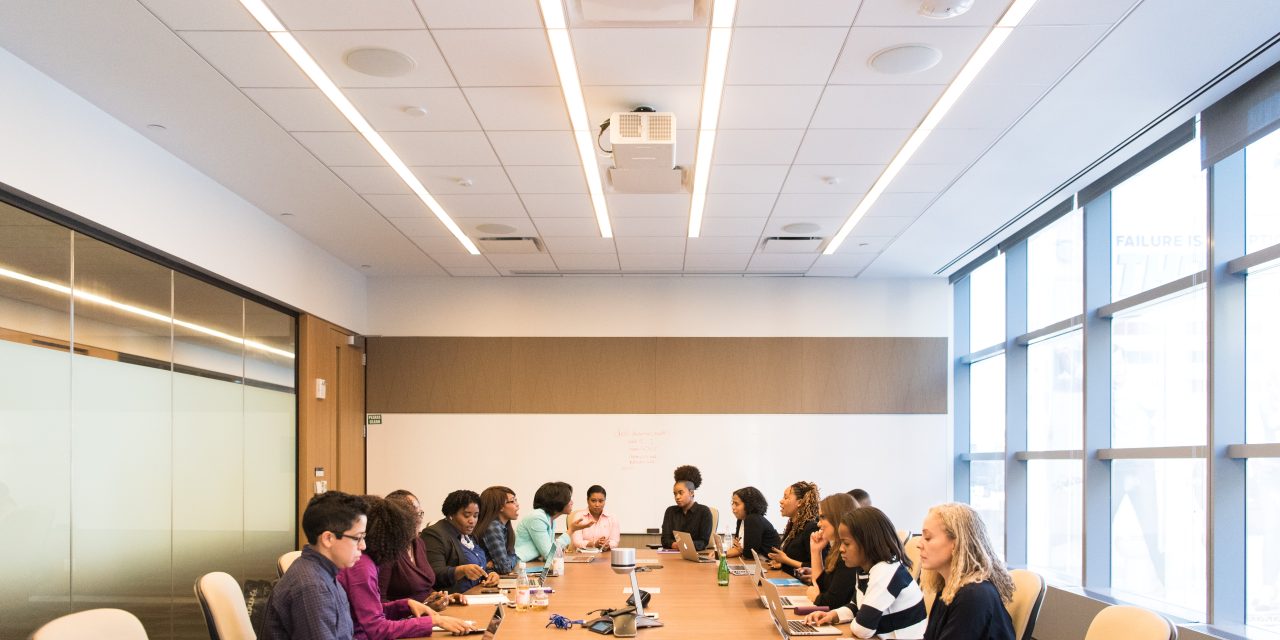2021 was a record year for mergers & acquisitions (M&A) activity. In the US alone, M&A accounted for $581 billion. Yet according to the Harvard Business Review, studies repeatedly show that between 70 – 90% of mergers and acquisitions fail. A lack of support and care for the people in one or both companies is often at the heart of it.
During M&A the intention is usually to reap the benefits of bringing together systems, talent, resources, economies of scale, increased customer base, portfolio divergence and access to new markets. However, M&A also brings potential unique challenges and issues including reducing competition, increasing monopoly power, personal and business disruption, job losses, higher prices and technology merging nightmares.
And what of the workers involved in the business – how can we do our best to protect them?
Research by King’s Business School and the University of Helsinki found that mergers are more likely to be successful if staff feel that their jobs are safe and they are treated fairly. Providing the right support for staff integration is known to increase the chances of a successful merger but leaders often prioritise timescale and the finances over their people. On many occasions when the people are finally being considered in detail, it is too little too late because M&A can equally be a good incentive for workers to refresh and look for a job elsewhere. Resignations can increase the financial burden during a financially vulnerable period and impact the knowledge and skills required to lead a company post-merger. Gaining a deep understanding of the cultures coming together must be a significant priority for leaders, along with retaining top talent right from the beginning.
Here are 10 ways leaders can create a people-centric strategy to support their employees through M&A.
1) Shared company culture trumps synergy. Synergies are an important first step; both companies may in effect do the same thing or target the same customers. However, shared cultures of two organisations are more significant and have to be part of the due diligence. Look at what the differences and similarities are and if the values between the two organisations are aligned. Honour the two cultures and then take time to define a new culture. Employees with high CQ (Cultural Intelligence) will show their value and can have an exponential positive impact on teamwork, performance, cooperation and communication at this time.
2) Be honest and transparent. During M&A, workers may well feel uncertain, and they will look to their leaders to gain confidence. Managers who do not show an authentic and honest leadership style from the beginning will increase feelings of distrust and scepticism especially if false hope of job security is offered.
3) Listen to concerns and take action. Good communication is of course key. Employees are likely to be concerned about their jobs and what M&A entails. Share as much information as possible at each stage and openly invite input, always taking action where needed. By answering concerns regarding job safety and what this huge change means for employees will help them feel heard and supported.
4) Equally don’t drag it out. There will often be a tension between the need for commercial secrecy and the need for transparency amongst those impacted. The less transparency there is, the more trust and commitment is likely to be negatively impacted. So how quickly do you introduce change once the balloons go up? Do things fast. Uncertainty breeds contempt and anxiety. This means there is pain but hopefully in the short term rather than dragging things out.
5) Look at the dynamics of power as you merge two teams. Is there proper representation from both sides? The dynamics of 10% from one company and 90% from another is never going to work. In large organisations, mergers are often perceived as acquisitions even at a departmental level. Alignment of the two teams is crucial, including the new leadership team around the governance of the new company. Many may have to go through difficult stages to get there.
6) Understand the importance of shared technology. Bringing together different software and systems can cause huge difficulties and can lead to failure. Expecting one side to adapt their tools and communication strategies especially if this involves one business adopting an older version of the software which is less capable will cause resentment. In the planning stages, leaders must decide how to adopt the software ensuring there is enough time to train staff if there are technology changes.
7) Ensure equality and inclusion. Equality including pay, benefits and holidays is important for an unconflicted, healthy workplace. Encourage teamwork and employees to collaborate, benefit from diversity and get to know each other especially if one of the companies is much larger than the other.
8) Adopt a new encompassing, agreed set of values. As part of the new culture, take time to create a clear sense of purpose and set of values that align with employee beliefs, which are built on principles like respect and trust.
9) Bring in transition and change experts. Employees may need to adjust to the new business and culture. Bringing in independent advisors may be the difference between success and failure. Advance investment in mitigating the impact is a necessity and a rewarding investment.
10) Measure the impact over the long term. Banks and leadership teams typically set up mergers and acquisitions, but once the due diligence and the merger or acquisition are complete, it often becomes clear that someone else will be left holding the baby and that motivations may not be aligned. Keep checking that inclusion and equality are on track and that the espoused purpose is real.
Author: Thom Dennis
www.serenityinleadership.com /






